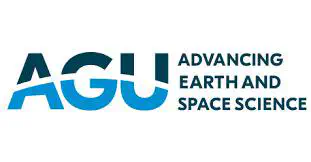Incorporating Impacts of Green Infrastructure into a Large-Scale Land Surface Model
 Image credit: AGU
Image credit: AGUAbstract
Urbanization substantially modifies the water and energy cycles. For example, urban surfaces produce more runoff due to lowered permeability, while also being warmer than natural surfaces due to increased thermal storage and reduced evaporative cooling. One way to counteract these effects of urbanization is through the adoption of Green Infrastructure (GI). We hypothesize that as GI becomes widespread, explicit representation of fine scale urban energy and water interactions are increasingly important within nd surface models (LSMs). To this end, we modified the NOAH-MP land surface model to include both a mosaic tiling scheme and explicit representations of typical GI practices including permeable pavement, extrinsic green roofs, and impervious downspout disconnection, and tree canopy overhanging paved surfaces. To our knowledge, these latter two practices are not considered in any existing LSM or urban canyon model. High-resolution urban land use data was used to generate probable “greening scenarios” for Milwaukee, Wisconsin. Using seasonal simulations, we find that GI alters the surface water and energy cycles in ways that cannot be captured by commonly used LSMs. For example, at the grid cell level, tree canopy-pavement interactions increase evapotranspiration and decrease sensible and ground heat fluxes. At the city scale, GI creates lower surface temperatures, an important implication for combatting urban heat islands. This work is a step towards a more holistic evaluation of the effect of GI on not only land surface conditions, but also on urban land-atmosphere interactions and how they can be influenced through widespread adoption of GI.